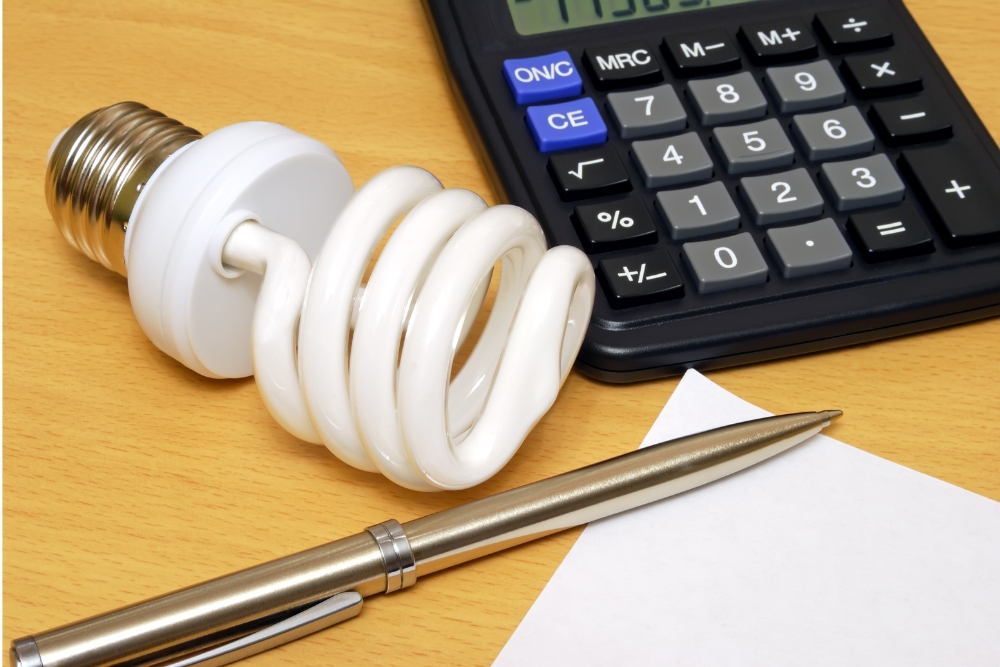DOE Launches Tax Deduction Tools for Energy-Efficient Commercial Building Upgrades
The U.S. Department of Energy (DOE) has released the 179D Portal, which hosts two free tools to estimate potential federal tax deductions for installing eligible energy-efficient technologies in commercial buildings.

Intended for commercial building owners, as well as designers of energy-efficient upgrades for buildings owned by governments or specified tax-exempt entities, the 179D Portal streamlines the evaluation process for estimating potential tax deductions for the traditional compliance pathway and for the alternative compliance pathway for qualifying upgrades beginning in tax year 2023.
“Incorporating energy-efficient measures in commercial buildings can save money on utility bills and during tax season,” said Michael Furze, director of the DOE’s Building Technologies Office. “The 179D Portal will help building owners identify which combination of energy-efficient technologies can impact the bottom line in a commercial building upgrade or new construction project.”
The portal automates calculations for potential tax deductions by estimating the impact of energy-efficient upgrades. The Inflation Reduction Act of 2022 revised the 179D deduction to enable two different pathways for compliance: the traditional pathway based on modeled savings beyond a reference building code, and an alternative pathway for buildings reducing their energy use based on utility data from previous levels.
The alternative compliance pathway tool can estimate potential deductions for all commercial building types using equipment information and pre- and post-retrofit utility data through the U.S. Environmental Protection Agency’s ENERGY STAR Portfolio Manager platform. The traditional pathway tool estimates potential 179D deductions for small office buildings and retail strip malls with common building characteristics by calculating the simulated energy cost savings. The DOE intends to add additional building types for the traditional pathway.
Tax deductions through section 179D of the Internal Revenue Code range from $0.58 to $5.81 per square foot for 2025; the highest deduction amounts are available when prevailing wage and apprenticeship requirements are met. To be eligible for a tax deduction, at least 25% energy savings must be achieved through interior lighting; heating, ventilation, or air conditioning; water heating; and/or building envelope system improvements, along with other requirements. Both new construction and building retrofit projects can be eligible for the deduction.
For more information about the 179D Portal, visit energy.gov and read more about the federal tax deduction on irs.gov.
The post DOE Launches Tax Deduction Tools for Energy-Efficient Commercial Building Upgrades appeared first on Facilities Management Advisor.

